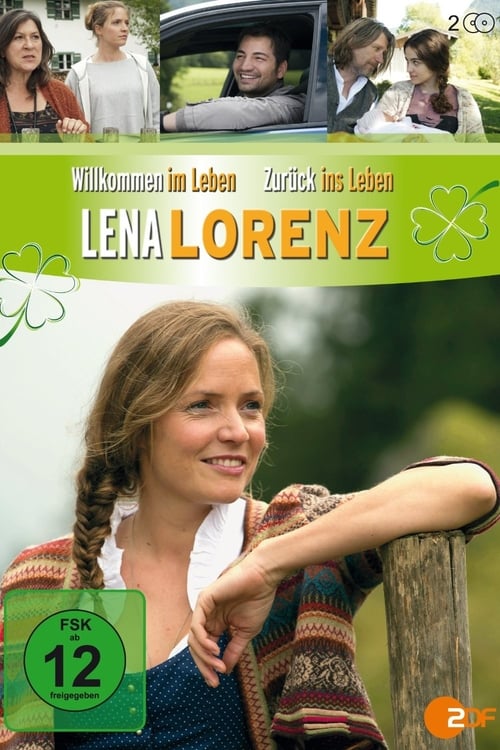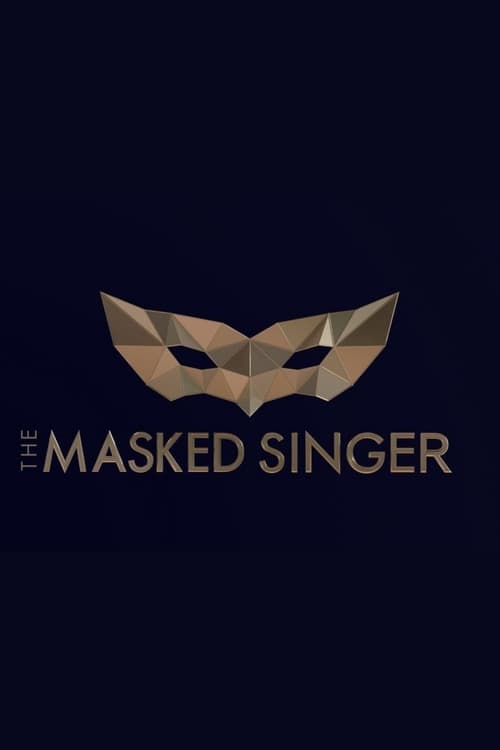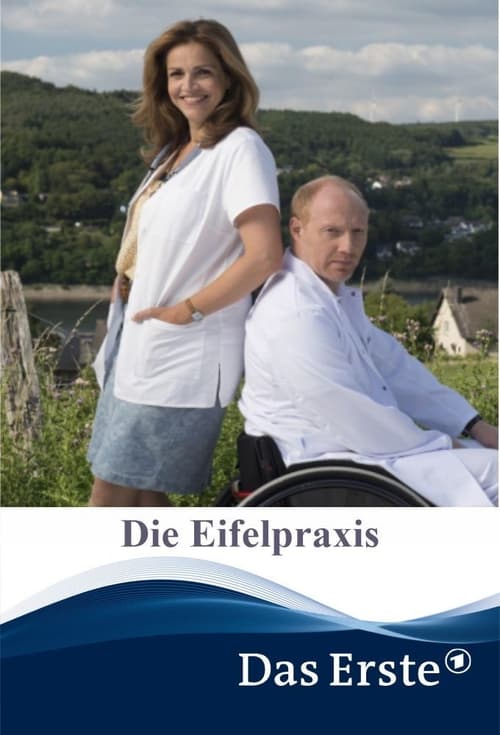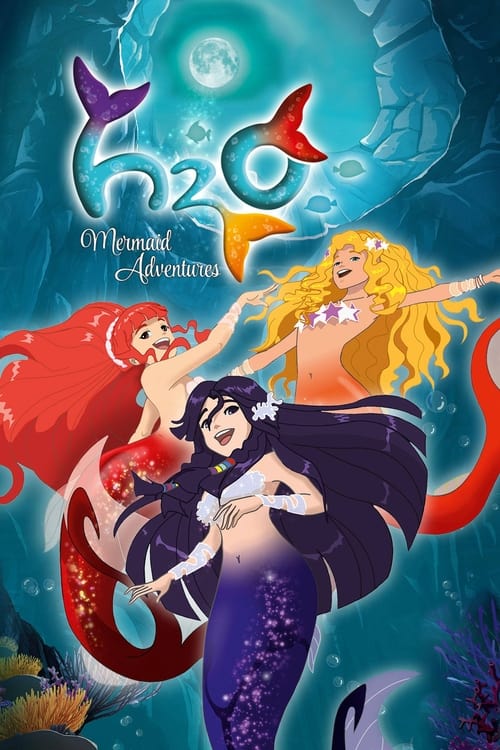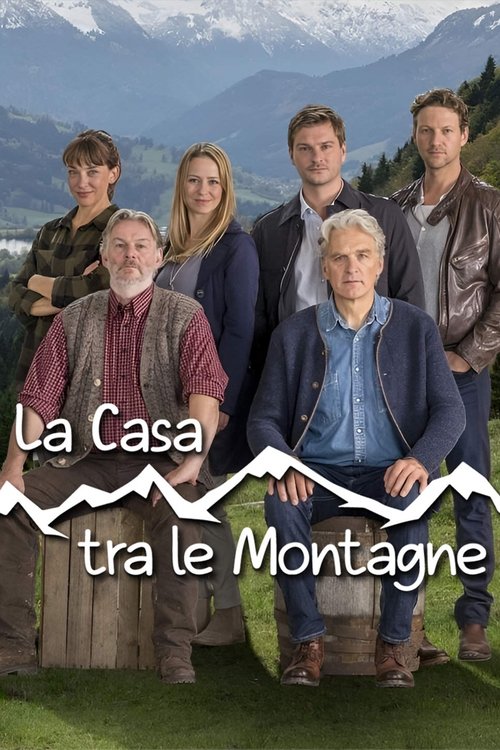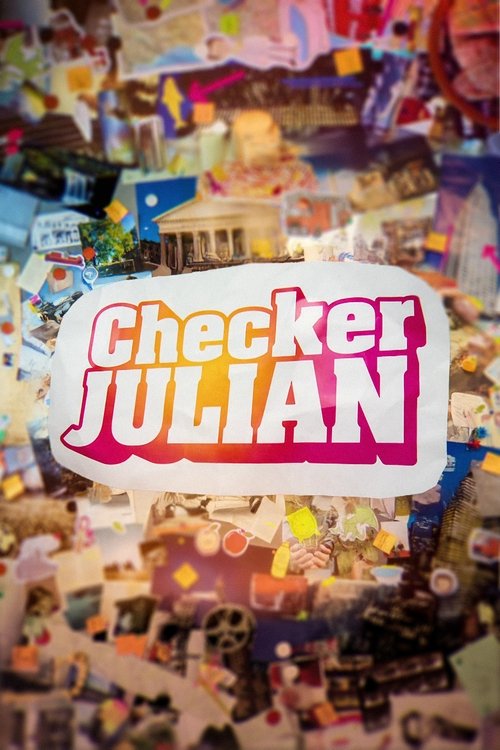
Ask Your Own Question
What is the plot?
In the beginning, we are introduced to the protagonist, a young woman named Anna, who is struggling with her identity and self-worth. She feels disconnected from her peers and is often lost in her thoughts. The story opens with Anna attending a therapy session where she expresses her feelings of isolation and confusion about her place in the world. The therapist encourages her to explore her emotions and confront her fears.
As Anna navigates her daily life, she encounters various challenges that exacerbate her feelings of inadequacy. She has a strained relationship with her mother, who is critical and demanding, further complicating Anna's self-image. One day, while at school, Anna overhears a group of classmates discussing her behind her back, which deepens her sense of alienation. This moment serves as a catalyst for her to seek a way to escape her reality.
In a pivotal scene, Anna discovers an online community where individuals share their struggles with identity and mental health. She becomes engrossed in the stories of others, finding solace in their experiences. This connection leads her to create a pseudonymous profile, allowing her to express herself freely without the fear of judgment. As she engages with this community, Anna begins to feel a sense of belonging for the first time.
However, her newfound confidence is tested when she decides to meet one of her online friends in person. The meeting is fraught with anxiety, and Anna worries about being rejected. When they finally meet, the encounter is awkward, and Anna feels vulnerable. Despite the initial discomfort, they bond over their shared experiences, and Anna leaves feeling a glimmer of hope.
As the story progresses, Anna's relationship with her mother becomes increasingly strained. A confrontation occurs when Anna stands up to her mother, expressing her desire to be accepted for who she is. This moment is emotionally charged, as Anna's mother struggles to understand her daughter's perspective. The argument leaves Anna feeling both empowered and scared, as she realizes the depth of her mother's expectations.
In a turning point, Anna decides to take a bold step by participating in a local art exhibition. She pours her emotions into her artwork, using it as a medium to express her struggles with identity. The night of the exhibition arrives, and Anna is filled with a mix of excitement and dread. As she showcases her pieces, she receives both praise and criticism, which forces her to confront her fears of rejection head-on.
During the exhibition, Anna encounters a former classmate who had previously bullied her. This confrontation is tense, as the classmate attempts to belittle Anna's work. However, Anna stands her ground, asserting her worth and the importance of her art. This moment marks a significant shift in Anna's character, as she begins to embrace her identity and reject the negativity that has plagued her.
As the story nears its climax, Anna faces a personal crisis when her online persona is exposed, leading to a wave of backlash from her peers. The revelation causes her to question her authenticity and whether she can truly be herself in a world that often demands conformity. In a moment of despair, Anna contemplates retreating back into her shell, but the support from her online friends encourages her to fight back.
In the final act, Anna organizes a community event to raise awareness about mental health and the importance of self-acceptance. The event is a culmination of her journey, showcasing her growth and determination to advocate for herself and others. As she speaks to the audience, Anna shares her story, emphasizing the power of vulnerability and connection. The event is met with overwhelming support, and Anna feels a profound sense of belonging.
The story concludes with Anna standing confidently in front of her artwork, surrounded by friends and supporters. She has transformed from a young woman plagued by self-doubt into an advocate for authenticity and acceptance. The final scene captures Anna's emotional release as she embraces her identity, symbolizing her journey of self-discovery and empowerment.
What is the ending?
In the ending of "Ich bin ich," the protagonist, a young woman named Anna, confronts her past and the trauma that has shaped her identity. She ultimately finds a sense of acceptance and begins to embrace her true self, leading to a poignant resolution with her family and friends.
As the final act unfolds, Anna stands at a crossroads, both literally and metaphorically. She has been on a journey of self-discovery, grappling with her identity and the impact of her past experiences. The emotional weight of her journey culminates in a powerful confrontation with her family, where she expresses her feelings of hurt and longing for understanding.
In the closing scenes, Anna's relationships with her friends and family are tested but ultimately strengthened. She learns to forgive and to let go of the burdens that have held her back. The film concludes with Anna stepping into a new chapter of her life, symbolizing hope and renewal.
As the final scenes of "Ich bin ich" unfold, the atmosphere is thick with tension and anticipation. Anna, the protagonist, stands at the edge of a familiar yet daunting landscape, a place that has been both a sanctuary and a source of pain. The sun begins to set, casting a warm glow that contrasts with the emotional turmoil within her.
Scene 1: Anna's Confrontation Anna gathers her family in the living room, a space filled with memories both cherished and painful. The walls seem to echo with unspoken words as she takes a deep breath, her heart racing. She looks at her parents, their faces a mix of concern and confusion. "I need to talk about everything," she states firmly, her voice trembling yet resolute. The air is thick with unexpressed emotions as she recounts her struggles, her feelings of isolation, and the weight of expectations that have suffocated her spirit. Her mother's eyes well up with tears, while her father shifts uncomfortably, grappling with the realization of their unintentional neglect.
Scene 2: The Release As Anna speaks, the room transforms into a battleground of emotions. Her words cut through years of silence, and the tension begins to dissolve. Her mother reaches out, tears streaming down her face, and whispers, "I never knew you felt this way." Anna feels a surge of relief mixed with fear; she is finally being seen. The confrontation becomes a cathartic release, allowing Anna to express her pain and her longing for acceptance. The family begins to share their own vulnerabilities, creating a fragile but necessary bridge of understanding.
Scene 3: The Moment of Forgiveness In a pivotal moment, Anna's father stands up, his voice breaking as he admits his shortcomings. "I thought I was doing what was best for you," he confesses, his eyes filled with regret. Anna watches him, her heart softening as she realizes that they are all flawed, navigating their own struggles. She takes a step forward, embracing her father, and in that moment, the weight of resentment begins to lift. The family shares a collective sigh, a moment of unity that signifies the beginning of healing.
Scene 4: Embracing the Future The final scene shifts to Anna standing outside, the sun now fully set, leaving a twilight glow. She takes a deep breath, feeling lighter than she has in years. Her friends, who have been supportive throughout her journey, join her, their faces illuminated by the soft light of street lamps. They share laughter and stories, a stark contrast to the heaviness of earlier. Anna realizes that she is not alone; she is surrounded by people who love her for who she is.
As the camera pans out, Anna looks up at the stars, a symbol of hope and new beginnings. The film closes with her smiling, a genuine expression of acceptance and readiness to embrace her identity. Each character, having faced their own demons, stands united, signifying the importance of connection and understanding in the journey of self-discovery. The screen fades to black, leaving the audience with a sense of closure and the promise of a brighter future for Anna and her loved ones.
Is there a post-credit scene?
In the 2017 TV show "Ich bin ich," there is no post-credit scene. The series concludes without any additional scenes after the credits roll, leaving the audience with the final emotional impact of the story as it wraps up. The focus remains on the character development and the resolution of the main plotlines, emphasizing the journey of self-discovery and acceptance that the protagonist undergoes throughout the series. The absence of a post-credit scene allows viewers to reflect on the themes presented without any further distractions or additional content.
What motivates the main character, a young girl named Anna, to embark on her journey of self-discovery?
Anna is driven by a deep sense of confusion and a desire to understand her identity. Throughout the series, she grapples with feelings of isolation and the pressure to conform to societal expectations. Her journey is fueled by a longing to connect with her true self and to find her place in the world.
How does Anna's relationship with her family evolve throughout the series?
Initially, Anna feels misunderstood by her family, particularly her parents, who struggle to accept her individuality. As the series progresses, moments of conflict arise, but there are also instances of vulnerability and connection that allow for growth. Anna's journey ultimately leads to a more open dialogue with her family, fostering a deeper understanding of each other's perspectives.
What role do Anna's friends play in her journey of self-discovery?
Anna's friends serve as both a support system and a source of conflict. They represent different aspects of her identity and the pressures of adolescence. Some friends encourage her to embrace her uniqueness, while others push her towards conformity. Their interactions challenge Anna to confront her fears and desires, ultimately shaping her understanding of friendship and loyalty.
What significant events trigger Anna's moments of self-reflection and realization?
Key events include confrontations with peers that highlight her insecurities, moments of solitude that force her to confront her thoughts, and pivotal experiences that challenge her beliefs about herself. Each event acts as a catalyst for Anna, prompting her to reflect on her choices and the person she wants to become.
How does the setting influence Anna's character development throughout the series?
The setting, a small town with a close-knit community, amplifies Anna's feelings of being an outsider. The familiar yet stifling environment serves as a backdrop for her struggles with identity. As she navigates various locations within the town, from school to local hangouts, these spaces become symbolic of her internal battles and her quest for acceptance and self-actualization.
Is this family friendly?
"Ich bin ich," produced in 2017, is a drama that explores themes of identity, family dynamics, and personal struggles. While it is not explicitly designed as a children's show, it does delve into complex emotional and psychological issues that may not be suitable for younger audiences or sensitive viewers.
Potentially objectionable or upsetting aspects include:
-
Family Conflict: The show portrays intense family disputes and emotional turmoil, which may be distressing for children or those sensitive to familial issues.
-
Identity Struggles: Characters grapple with their sense of self and belonging, leading to moments of confusion and despair that could be unsettling.
-
Mental Health Themes: There are references to mental health challenges, including anxiety and depression, which may be difficult for some viewers to process.
-
Emotional Vulnerability: Scenes depicting characters in emotional distress or crisis can evoke strong feelings and may be upsetting for sensitive individuals.
-
Realistic Depictions of Life Challenges: The show does not shy away from portraying the harsh realities of life, including loss and disappointment, which could be heavy for younger viewers.
Overall, while "Ich bin ich" offers a rich narrative, its themes and emotional depth may require parental guidance for younger audiences.



